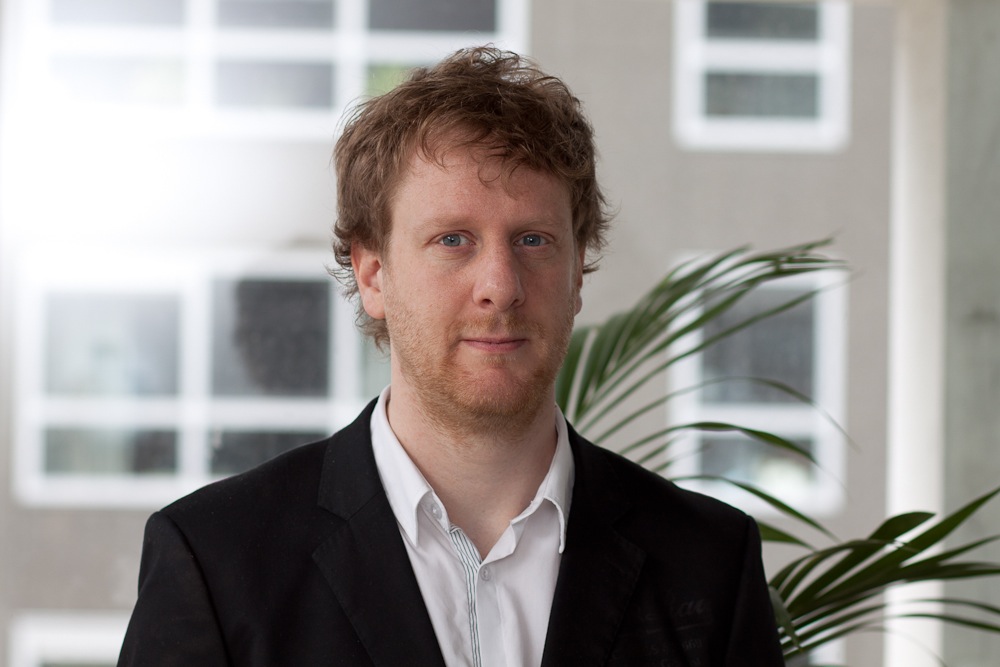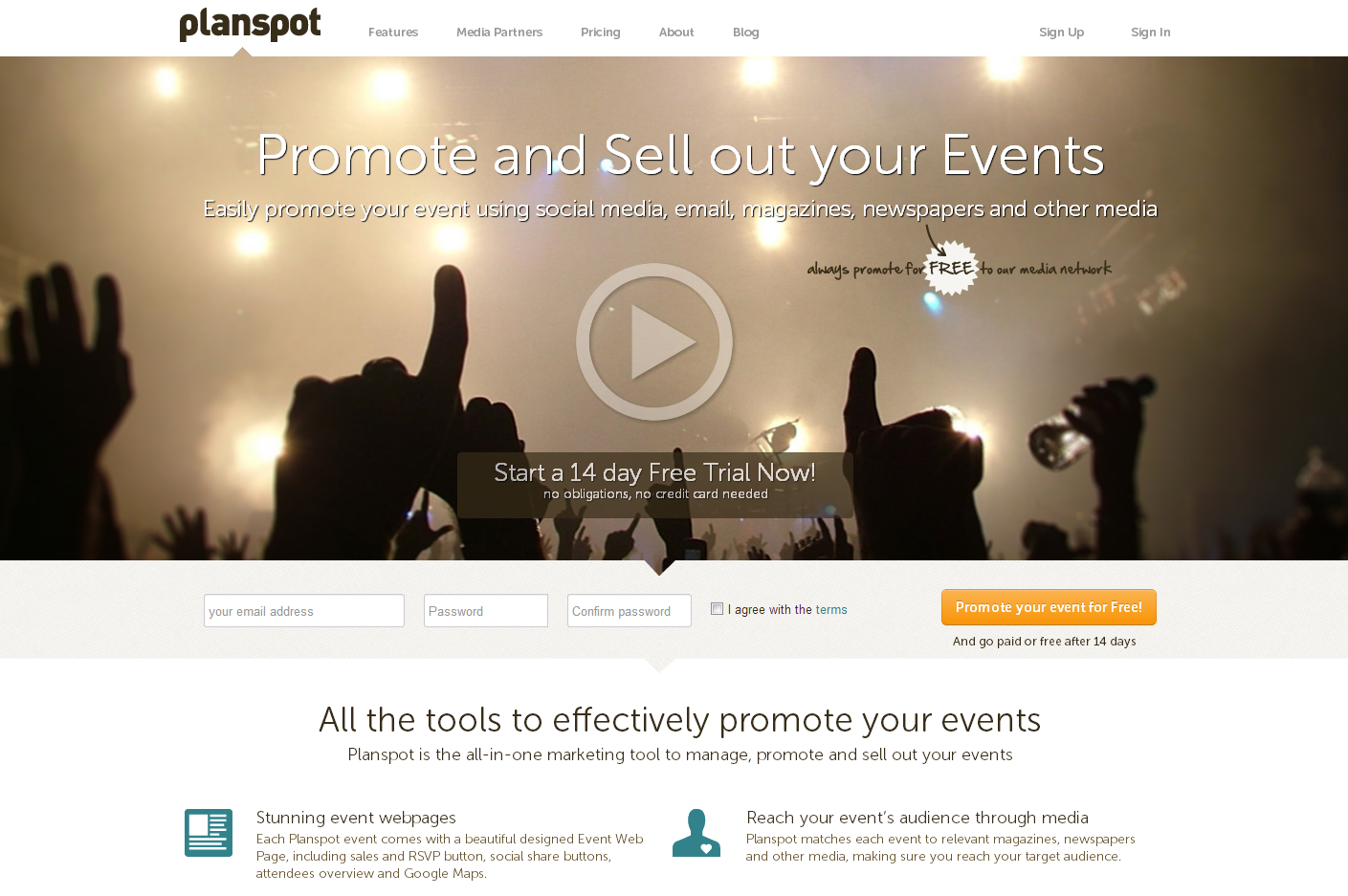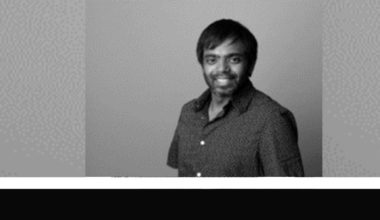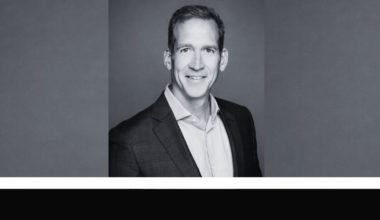Satya Van Heummen is the founder of Planspot, an online platform that allows you to promote and manage events using multiple media channels, including social media, newspapers and magazines. I recently had the chance to talk with Satya and today he’s going to take us further into his entrepreneurship journey and also share some great business insight for all new and upcoming entrepreneurs.
Please tell us a little bit about your company – what is Planspot all about?
Satya van Heummen: Planspot is an all-in-one event marketing tool to run campaigns across multiple channels. An event created on Planspot is directly published to social media, media (magazines, newspapers, event listing, blogs) and via newsletters. We publish the ticket sales link, attendee link and event page link everywhere, helping organizers to sell out.
Planspot then fetches all social media conversations, enabling organizers to actively engage and promote their events. Besides, events are matched to about 500+ connected media making sure events reach the right audience. Last, a dashboard provides powerful insights (statistics) that show event organizers exactly how well their campaigns are doing and which channels are performing best. Planspot makes event marketing easy and effective, and saves time, money and resources for both organizers and media partners.
Please tell us a little bit about yourself and also how you started your business?
Satya van Heummen: I would like to describe myself as a strategic innovator and new business developer.. During my studies Industrial Design I already focused on marketing and innovation in relation to product development. I got my first investment for “Front”, a newspaper for designers. Then I started working in retail, exhibition and graphic design, switched to fashion, and then worked as a new business developer. The latter fits me best because I am a person that simply sees fantastic oppertunities in any market I come into contact with. In 2011 I got the idea of Planspot. With the help of a private investor and a dedicated team we developed Planspot to what it is now.
Starting out as an entrepreneur who did you look up to, and who were some of your mentors and why?
Satya van Heummen: It’s not my nature to look up to other people, but I got very much inspired by the dynamic US startup culture (reading Techcrunch etc). I got to Silicon Valley in October 2012, and realized that a lot of success greatly depends on whom you meet and how strategic you can steer your business. You have to be lucky to find the right investor, to find the right team and even then, you need to be able to make the correct strategic decisions to realize your vision. Most people will simply fail and it’s a tough business. Besides, you simply cannot do it alone. So put aside your ego and use all resources, visions, and opinions available to form your strategy and make your vision come true.
Personally I’m very much influenced by Eric Reis (The Lean Startup), by Alexander Osterwalder (Business Model Generation) and by Ricardo Semler (Semco).
How is running a tech company different than what you thought it would be?
Satya van Heummen: Prior to starting Planspot I had lots of experience managing huge projects in different businesses. But I never realized that a tech startup is that much different. Unfortunately I found out the hard way.
The major problem for any tech startup is that you’re doing something that hasn’t been done before. So you’re basically doing pure innovation and that makes it extremely hard to estimate and make fixed roadmaps. Yet business depends on those new features being released and business needs to get going, especially if you have investors breathing in your neck.
The other main problem for any startup is finding your product-market fit. Once you do get new features released, there’s a big chance people aren’t waiting for them or there’s an expectation mismatch. This also counts for pricing your product, something that you always do wrong the first time (unless you’re lucky).
The result is that you get delays in development because of being innovative. Yet once you release those features not many people might want them, resulting in more delays because you have to start over making new features.
Most startups (>90%) fail because they get stuck in this vicious circle of delay and product-market mismatch, and simply run out of money. Our main success is that we managed to control delays in development and come closer to our product-market fit with every new release.
How do you separate yourself from your competitors and what makes your platform better or different?
Satya van Heummen: The interesting thing is that we don’t have that many competitors. There are a lot of ticketing companies out there providing some sort of event marketing tools for their customers, but they will never be as good as we are, simply because it’s not their core business. There are also a lot of social media and newsletters tools, but they are not specifically deployed for event marketing and they are hard to grasp. So with Planspot we combine all those different channels, make them easy and effective.
But our main USP compared to our competitors is definitely our media network. Planspot basically matches each event to relevant media (like magazines, newspapers, event listings, blogs, billboards). And media get great content and can charge event organizers for publication. It’s a win-win for everyone.
What was the biggest problem you encountered with your business and how did you overcome it?
Satya van Heummen: Definitely reaching our product-market fit. We still didn’t find it completely, but with each new release we’re getting closer (proof: increase in users, retention, increase in paid users). So make sure to always think MVP, work Lean and pivot whenever needed!
#1. Even if you had the best idea ever, once you get to the market with your brand new investment, you always got it wrong. So make a minimal viable product and get to the market superfast to talk to your (future) customers. Their input is the most valuable to get you to your product-market fit asap.
#2. No matter the consequences, don’t be afraid to pivot. Don’t be afraid to change strategy, your product, your features, your developers, and people in your team (yes, that includes firing people). If something doesn’t work, better change it today than tomorrow.
What were the top 3 mistakes you made starting out with your business and if you could start over what would you do differently?
#1. Selling too early: we sold our (huge) product way too early, creating high expectations with potential customers. Then we launched our MVP, and it was a major disappointment for those customers.
#2. Making your product too big: we didn’t start working lean / MVP and we spend too much time on features that nobody wanted, yet were complicated to make. Result: lots of delay
#3. Don’t outsource development: we started by outsourcing development (cheaper), next we switched to freelancers, now we have our own developers. I’d never start a tech company again without developers in my team from moment zero.
#1. LinkedIn. It’s simply invaluable to us to grow our business
#2. Pipedrive. It’s the best easy, effective yet simple sales tool out there (and we’ve tried many).
#3. Trello. Nothing beats Trello to get cohesion and transparency in your company.
What’s your definition of success?
Satya van Heummen: Making your vision of your product and company come true, and be 100% happy with what you’re doing.









